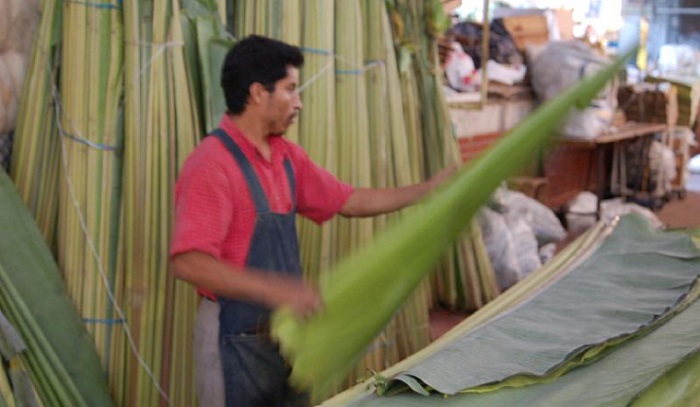Podcast: Play in new window

BOB HIRSHON (host):
Leafing large. I’m Bob Hirshon and this is Science Update.
Step into a tropical rainforest and you may feel dwarfed next to the giant leaves of some plants. According to Maquarie University plant ecologist Ian Wright, some tropical leaves can be 100,000 times larger than those in other places. His team analyzed more than 7,500 plant species around the world to determine what limits leaf size.
IAN WRIGHT (Maquarie University):
And so we did this by looking at the relationship between leaf size and climatic properties such as the temperature, or the rainfall; the level of sunlight.
HIRSHON:
They report in the journal Science that leaves get smaller toward the earth’s poles and larger toward the equator. Wright says while temperature extremes shut down photosynthesis, large, tropical leaves have enough water passing through them to stay cool. But the risk of cooling down too much at night via water loss keeps leaves smaller in cold regions. I’m Bob Hirshon, for AAAS, the science society.
Story by Susanne Bard

